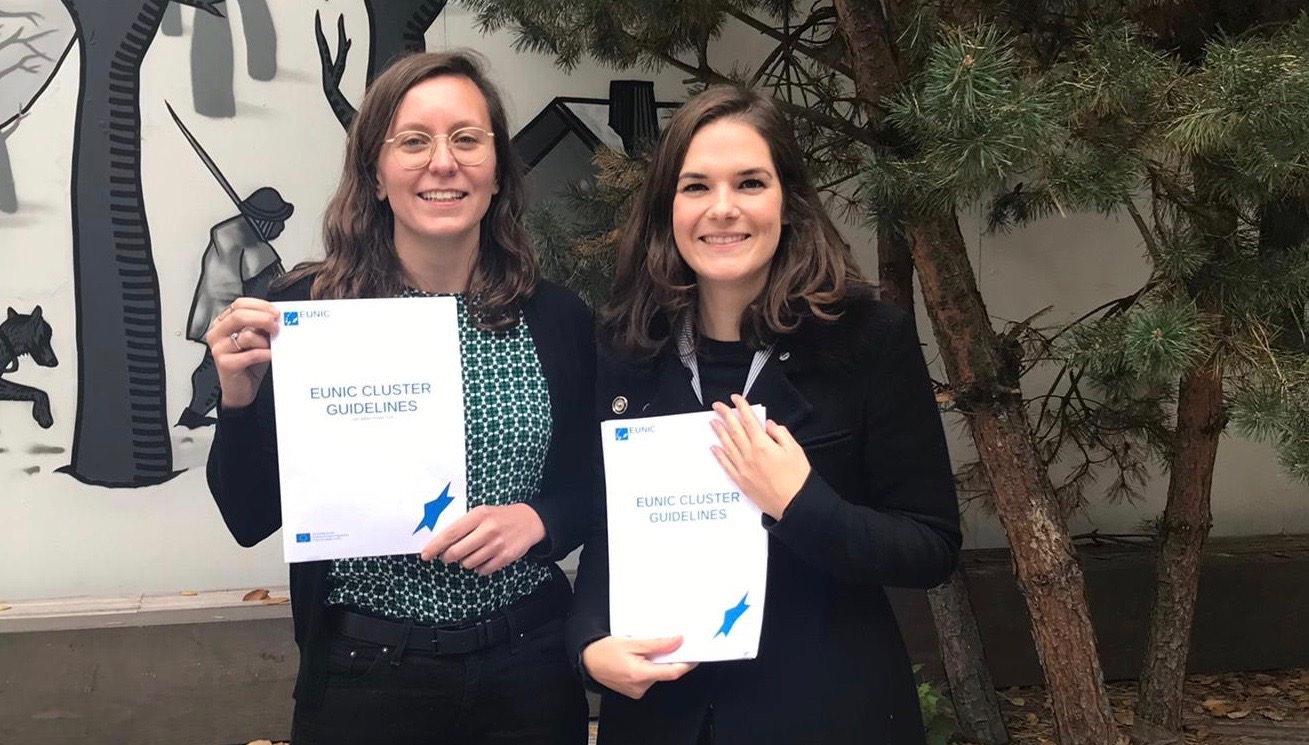
A practical handbook for the governance of clusters
What are EUNIC clusters and how can they be managed effectively? How can they be established and who can be a full member in a cluster? From the creation of a new cluster to financing and communication of cultural relations projects, all key information and relevant documents can be found in the newly updated Cluster Guidelines.

EUNIC today counts 116 clusters; 36 of which are located inside the European Union.
Find the EUNIC Cluster Guidelines here
EUNIC clusters are indispensable to the EUNIC network to fulfil its idea of sharing good practices, promoting cultural diversity and mutual understanding across cultures. Clusters contribute to EUNIC’s strategic vision of becoming a delivery partner of cultural relations projects of the EU.
The EUNIC Cluster Guidelines provide key information on:
- how to lead and run a EUNIC cluster
- how they are linked to the EUNIC network
- how to implement joint projects within the framework of the EU’s strategic approach to international cultural relations
Additionally, the EUNIC Cluster Guidelines:
- introduce you to the vision and objectives of EUNIC
- present all relevant information on cluster governance
- elaborate on the different membership types
- offers tips for communications, as well as monitoring and evaluation schemes
- show what supporting tools from the EUNIC Global office are available.
Moreover, the new EUNIC Cluster Guidelines include:
- a list of EUNIC members and their network
- a list of Focal Points in EUNIC members’ headquarters
- the Cluster Charter template
- the Cluster 3-year strategy template
- the EUNIC Strategic Framework
- the application form to set up a new cluster
- a handover checklist for cluster presidents
